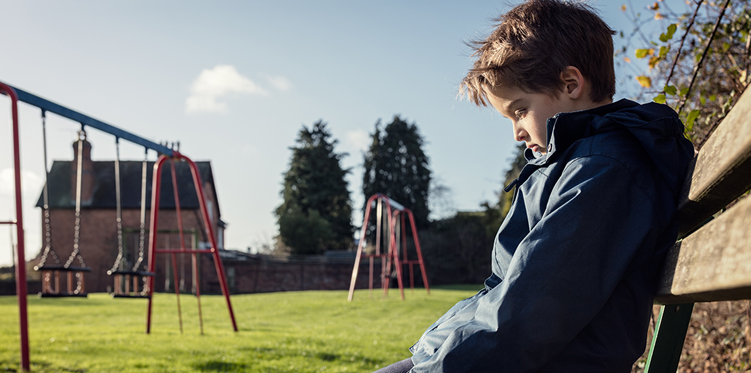Understanding Trauma

In the past 10 years, our collective knowledge of how our brains work and the effects of trauma on our brains has increased tenfold. We are living in a time when this knowledge and what it means for serving people in systems like education, criminal justice, and child welfare is still unfolding. The ACES Study (www.acestudy.org) has shown the connection between the number of adverse childhood experiences in our lives and physical disease (cancer, diabetes and heart disease). This study showed that even if we don’t remember them, adverse childhood experiences stay in our bodies as trauma and affect our mental and physical health. The ACE Study was done on 17,000 middle class, well-educated, working people, and the number of adverse childhood experiences were surprisingly high for many of their participants. The researchers realized that if ACES were that high in the population they studied, they must be very high in low income communities. This has become a pivotal piece of work in highlighting the importance of paying attention to trauma that is stored in our bodies and comes out as negative behaviors, mental illness and physical illnesses. It has had a profound effect on how we look at health care and health care costs. It also requires us to think about the link between trauma and behavior. We need to recognize some behaviors as trauma responses, try not to unintentionally trigger a person’s trauma, and become skilled at self-regulation and helping others regulate emotions. This new knowledge has unleashed the idea of trauma-informed work as an antidote to avoid unintentionally re-traumatizing people in the public systems that are set up to serve them.
The knowledge of the effects of trauma on our brains and our behavior is being considered a root cause of many of our social ills today. We now know that even when a child does not remember a traumatic event, the trauma stays in their body and re-emerges as behavior problems. When trauma is triggered, behaviors that look like the child is being defiant to a teacher are not about the teacher at all. It is the child’s amygdala (emotional center) in the brain being triggered and creating a survival response that is an over-reaction to the current moment. This is so difficult for the teacher to understand when the bad behavior is happening in their classroom, especially when it is directed at them. I remember an incident when I was teaching in Brownsville, Texas when a student that had been labeled emotional behavioral disordered, came unglued when I told him to sit down and wait his turn. The words that came from his mouth as he approached me with long purposeful strides are not repeatable. His intentions as he approached never came to fruition because he was forcibly removed from my room by my assistant teacher before he reached me. But I think back to that incident and wonder about what happened in his brain to trigger his response. Was it the tone of my voice? Was it the words I used? Something triggered an overblown response that did not make sense at the time. And as the teacher, it was hard not to take his attack personally as he came toward me in anger. But now 30 years later, I have a new understanding about that moment in time. What would have happened if I had understood that I had triggered trauma in him? How would we have handled that incident in a way that could have made both of us feel safe, and helped us talk through what had happened so we could understand each other better?
The complexity of this work lies in the individuals that are in the moment. What calms one person may not calm another. What are the skills and tools teachers and school personnel need to have in order to allow students to be heard and to have relationships based on mutual understanding as the priority? These are the new questions for us to consider. Trauma gets in the way of learning. In fact, I firmly believe that adverse childhood experiences and children’s need to hide them at school is a barrier to closing the achievement gap. Children that live in homes and/or neighborhoods where there is frequent violence will find it hard to concentrate on school work. It makes sense that if something has threatened a child’s feeling of safety, their brain is off-line for learning and now we know the amygdala does just that – takes over the brain functions so it is not available for paying attention and taking in new information. We are looking at how to fund in this area. We are watching to learn what works for students and teachers and hoping to support good programs. Programs that allow children to express their worries and find a caring school community that helps them with their challenges.


